Trade tensions, tech booms, and stimulus surges—how is China’s market evolving? Andrew Wilkinson and Xiaolin Chen dive into U.S.-China investments, policy shifts, and the future of AI-driven growth.
Summary – IBKR Podcasts Ep. 231
The following is a summary of a live audio recording and may contain errors in spelling or grammar. Although IBKR has edited for clarity no material changes have been made.
Andrew Wilkinson
Welcome to this edition. My name is Andrew Wilkinson with Interactive Brokers. Now, President Trump is putting America first in terms of economic and foreign policy.
Here to discuss the first several weeks of a second term in office and its impact on China is Xiaolin Chen, head of international at KraneShares in London.
Welcome, Xiaolin. How are you?
Xiaolin Chen
Andrew, thanks for having me on your program.
Andrew Wilkinson
Okay.
Recently, the U.S. Committee on Foreign Investment in the U.S. restricted Chinese investment in strategic U.S. sectors. Tell us how you view the first several weeks of the Trump administration with respect to his dealings with China.
Xiaolin Chen
I probably will be on the other side of the scale when I evaluate the U.S.-China relationship. I remember when he first got reelected, markets immediately started pricing in massive tariffs and tough talk, and so on. I remember reading reports from some very top-rated research houses—though I won’t name them—stating that there was a 95% chance the U.S. would impose a 60% tariff on China.
Then, a week later, when he took office, he introduced a 10% tariff on U.S.-China imports and exports. But putting that aside, those same research houses quickly downgraded the probability of a 60% tariff from 90% to about 60%, and then further down to 30–40%.
Andrew, if you annualize those rates, they’re going to be zero soon. My best reaction to this is that no one really knows exactly what the outcome will be. But there are certain things investors should differentiate.
First, what President Trump says during his campaign is one thing—he makes claims and has to deliver a certain message. But the actual implementation is a journey full of uncertainties. If you ask me about the first few weeks, I see it as positive.
Why?
First, they are talking. The world’s largest economy and the second largest are communicating. They are talking constructively and looking for ways to work together.
I have to say that, compared to his first term—when China was really caught off guard—they are now much better prepared for “Trump 2.0” in terms of tariffs. So, when they react, they also respond strategically. However, we don’t want that. We want them to talk, and they are talking.
China has invited senior U.S. officials to Beijing, and there are reports that President Xi Jinping and President Trump are exchanging letters. Sources familiar with the matter say that Terry Branstad, who was the U.S. ambassador to China during Trump’s first administration, is also speaking with Chinese officials about potential deals.
If you ask me, the tone this time is more constructive. Young entrepreneurs want to take action and see real progress. I believe this time around, the discussions will be more constructive. The shocks and surprises that previously caught markets off guard will be less frequent in this term, leading to a more cooperative final path forward.
Andrew Wilkinson
Now, given that Chinese corporate investment into the United States has all but dried up, how do you estimate the impact on China’s economy?
Xiaolin Chen
This works both ways—there are inflows and outflows. Chinese outbound investments into the world, in a big way, have also dried up, just as you said. What happened was the pandemic, and then China had to deal with domestic issues for nearly three years. So, many companies prioritized their domestic economy, thinking, I need to look after my home market before expanding internationally. That’s why international investments from Chinese corporations slowed down massively over the last few years.
I believe that will change if the U.S. and China engage in more constructive talks. If there is more room for collaboration, Chinese investors will return. They have always looked up to the U.S. market as a benchmark.
I’ll give you an example, Andrew. When Alibaba listed on the New York Stock Exchange, it was a dream come true. Any entrepreneur with a unicorn-sized company who wants to go public looks to the United States.
We need to restore that confidence so that these companies feel comfortable saying, You know what? We want to list in the U.S. They do want to—it’s just a matter of creating the right environment to welcome those investments back into the U.S. The same applies in reverse.
In fact, I give even more credit to the reverse scenario—the inflow of foreign investment into China. Since Q1 2023, Chinese policymakers have done nothing but introduce stimulus after stimulus, easing policy after easing policy. Recently, President Xi Jinping met with a large group of private entrepreneurs.
Now, they call them “private,” but these are public companies—just not state-owned. He personally invited private CEOs to meet with him, which is very rare. He doesn’t usually do this. It was the first time he gathered all these CEOs and told them: We’re going to remove hurdles, increase accessibility, and create a level playing field. He essentially said, All you need to do is focus on growing your business and the economy.
To me, this is a push to revive consumption. Private enterprises employ 80% of China’s workforce, so their growth is crucial. With such an accommodating macroeconomic environment, foreign money has started to return to China. In February, we saw nothing but strong capital inflows into China’s markets, benefiting our fund.
I believe it’s just a matter of time before corporations regain confidence and seek more onshore partnerships. Domestically, I see more constructive steps being taken toward that goal than externally.
Andrew Wilkinson
Xiaolin, the last time we spoke, I think in September, there were massive Chinese government and central bank moves to launch significant stimulus programs. You were very optimistic about them. And you weren’t alone in that sentiment, by the way.
Does the optimism surrounding those initiatives still hold today?
Xiaolin Chen
Absolutely, Andrew—if not even more so. The reason I say that is simple: performance has validated it.
If you had started allocating funds from September until now, you would have likely seen returns of over 50%, outperforming all major benchmarks—whether in the U.S. or Europe. No other benchmark returned 50% during that period.
Why do I still hold this optimism?
First, monetary policy remains highly accommodative. Interest rates have been cut multiple times, and there is still room for further cuts.
Second, fiscal policy has been robust. The government recently issued ultra-long-dated bonds—something it hasn’t done in over a decade—to inject liquidity and ease local government debt pressures. At the same time, they have systematically removed regulatory hurdles for corporations.
Since October, they have continued rolling out accommodative policies. They even held ad-hoc meetings in November to announce additional measures. But what impresses me the most is the speed of implementation.
It’s one thing to announce a policy—it’s another to actually execute it. From announcement to implementation, it has taken just a week. That gives me confidence. It signals that they genuinely intend to stimulate the economy and have the financial resources to do so.
And don’t forget, Andrew—they now have the national team. This means government funds, including pension funds, are actively buying A-shares (Chinese equities). This is similar to what Japan did a few years ago when its pension funds were directed to buy Japanese ETFs.
China has taken a similar approach. Large insurance companies are now required to allocate at least 10% of their portfolio to domestic equities. Additionally, the national team has a $2 trillion quota to buy stocks. So far, they’ve used only 20–30% of it—about $400–600 billion. And they’ve stated that if more is needed, they are prepared to continue.
This is why I say, Don’t fight the Fed—and now Europe is adopting the same attitude with Whatever it takes. It’s a clear, top-down confirmation.
Andrew Wilkinson
Xiaolin, give us a market update on Chinese stocks. The market has recently outperformed—what sectors have driven this rally?
Xiaolin Chen
Great question, Andrew.
When we last checked in September, the rally was broad-based. Anything you bought went up because the market had been depressed for two years. But now, differentiation matters. Investors need to be selective in what they own and where they find value.
China is a developing economy, and policy plays a significant role. Right now, all policy measures are centered around consumption. The government wants consumers to spend, private corporations to hire, and businesses to expand.
The issue in China is not liquidity—Chinese households are cash-rich. The problem is confidence and sentiment. So now, the key focus is on restoring confidence, allowing corporations to thrive, and ensuring policies remain supportive.
A key indicator to watch is credit. Corporate and household credit uptake has started to rebound strongly in January and February. While it’s still a short period, it signals a recovery.
Consumer-led stocks have benefited from this. Some call them “internet technology stocks,” but that name is outdated. Companies like Alibaba and Tencent are more than just e-commerce firms—they own cloud businesses, entertainment divisions, AI research, and even autonomous driving projects. In China, a single business can encompass an entire ecosystem.
So, if you ask me, I would say focus on policy-backed sectors and stocks that remain undervalued.
One more point—many companies have started announcing strong earnings recoveries, with profits returning to pre-pandemic levels. If investors don’t recognize their value, these companies are buying back their own stock.
For example, Alibaba has announced a share buyback program that will reduce its outstanding shares by 14%. That’s a significant move.
Andrew Wilkinson
I was just about to ask you about Alibaba. It has been a standout performer, particularly given the massive investment in AI. Do you see this trend continuing, even as global markets remain cautious?
Xiaolin Chen
Absolutely. Alibaba is deeply committed to AI development.
Now, companies differ in their AI approaches. DeepSeek, for example, has made major breakthroughs, but Alibaba has focused on applications. They may not have chips as advanced as NVIDIA’s, but they have shifted AI development toward practical applications—software, logic processing, and robotics.
Alibaba has already proven itself in this space, and today, they just made another major AI announcement. Restricting Chinese companies from accessing certain chips doesn’t stop AI progress—it simply redirects efforts.
Alibaba’s stock rally is driven by three key factors:
- Long-term market depression – Investors had indiscriminately discounted the stock, regardless of fundamentals.
- Fundamental improvements – The company is quietly making significant AI advancements.
- Breakthroughs in AI applications – Chinese firms are achieving efficiency at a fraction of the cost, making AI more accessible.
Beyond AI, Alibaba has multiple subsidiaries preparing for IPOs—including logistics and cloud divisions. The market hasn’t even fully priced in these potential listings yet.
Andrew Wilkinson
Very interesting. Xiaolin Chen, Head of International at KraneShares in London, thank you so much for joining me again. It’s always a pleasure.
Xiaolin Chen
Thank you, Andrew.
Disclosure: Interactive Brokers
The analysis in this material is provided for information only and is not and should not be construed as an offer to sell or the solicitation of an offer to buy any security. To the extent that this material discusses general market activity, industry or sector trends or other broad-based economic or political conditions, it should not be construed as research or investment advice. To the extent that it includes references to specific securities, commodities, currencies, or other instruments, those references do not constitute a recommendation by IBKR to buy, sell or hold such investments. This material does not and is not intended to take into account the particular financial conditions, investment objectives or requirements of individual customers. Before acting on this material, you should consider whether it is suitable for your particular circumstances and, as necessary, seek professional advice.
The views and opinions expressed herein are those of the author and do not necessarily reflect the views of Interactive Brokers, its affiliates, or its employees.
Disclosure: KraneShares
Content on China Last Night is for informational purposes only and should not be construed as investment advice. This material represents an assessment of the market environment at a specific time and is not intended to be a forecast of future events or a guarantee of future results; material is as of the dates noted and is subject to change without notice. This information should not be relied upon by the reader as research or investment advice regarding the funds or any security in particular.
This material may not be suitable for all investors and is not intended to be an offer, or the solicitation of any offer, to buy or sell any securities. Investing involves risk, including possible loss of principal.
This material contains general information only and does not take into account an individual’s financial circumstances. This information should not be relied upon as a primary basis for an investment decision. Rather, an assessment should be made as to whether the information is appropriate in individual circumstances and consideration should be given to talking to a financial advisor before making an investment decision.
Forward-looking statements (including Krane’s opinions, expectations, beliefs, plans, objectives, assumptions, or projections regarding future events or future results) contained in this presentation are based on a variety of estimates and assumptions by Krane. These statements generally are identified by words such as “believes,” “expects,” “predicts,” “intends,” “projects,” “plans,” “estimates,” “aims,” “foresees,” “anticipates,” “targets,” “should,” “likely,” and similar expressions. These also include statements about the future, including what “will” happen, which reflect Krane’s current beliefs. These estimates and assumptions are inherently uncertain and are subject to numerous business, industry, market, regulatory, geo-political, competitive, and financial risks that are outside of Krane’s control. The inclusion of forward-looking statements herein should not be regarded as an indication that Krane considers forward-looking statements to be a reliable prediction of future events and forward-looking statements should not be relied upon as such. Neither Krane nor any of its representatives has made or makes any representation to any person regarding forward-looking statements and neither of them intends to update or otherwise revise such forward-looking statements to reflect circumstances existing after the date when made or to reflect the occurrence of future events, even in the event that any or all of the assumptions underlying such forward-looking statements are later shown to be in error. Any investment strategies discussed herein are as of the date of the writing of this presentation and may be changed, modified, or exited at any time without notice.
Disclosure: ETFs
Any discussion or mention of an ETF is not to be construed as recommendation, promotion or solicitation. All investors should review and consider associated investment risks, charges and expenses of the investment company or fund prior to investing. Before acting on this material, you should consider whether it is suitable for your particular circumstances and, as necessary, seek professional advice.
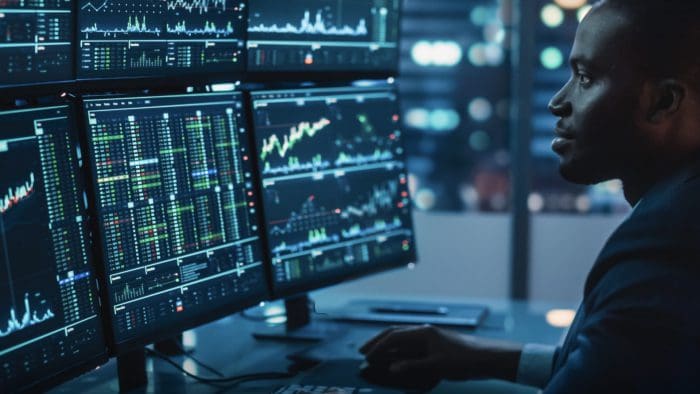
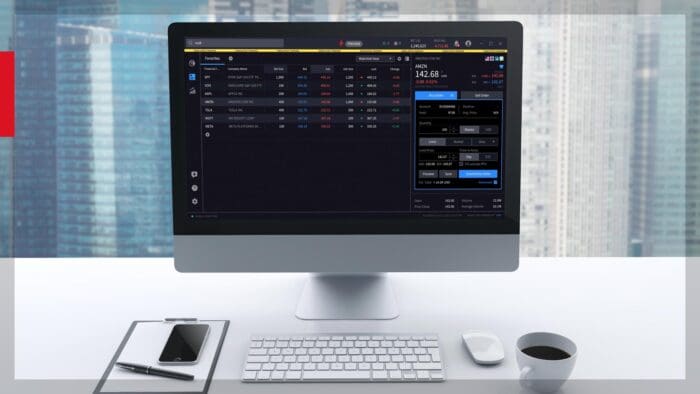
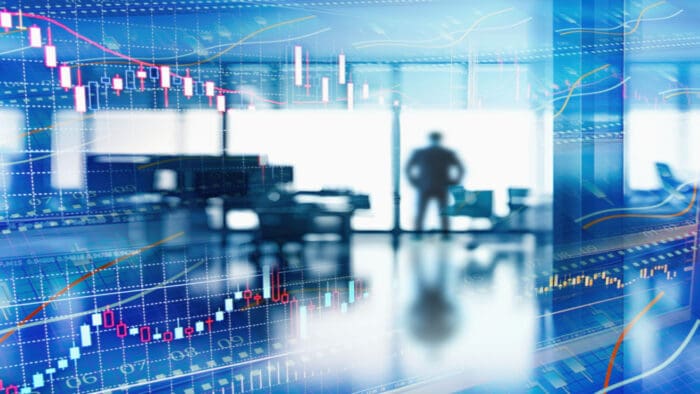





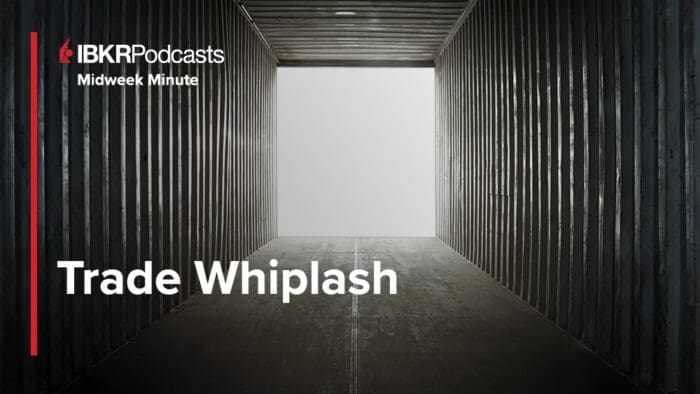




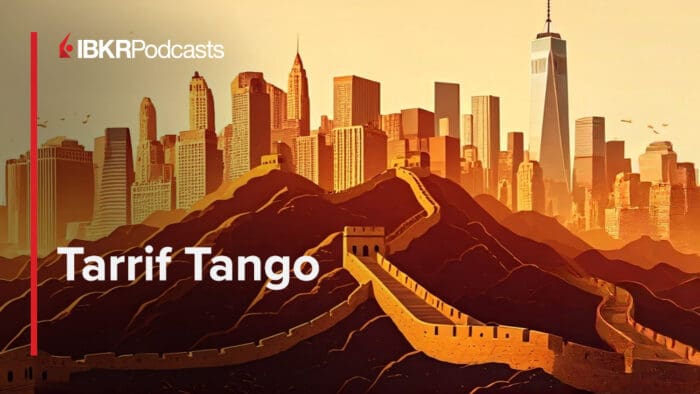



Join The Conversation
For specific platform feedback and suggestions, please submit it directly to our team using these instructions.
If you have an account-specific question or concern, please reach out to Client Services.
We encourage you to look through our FAQs before posting. Your question may already be covered!